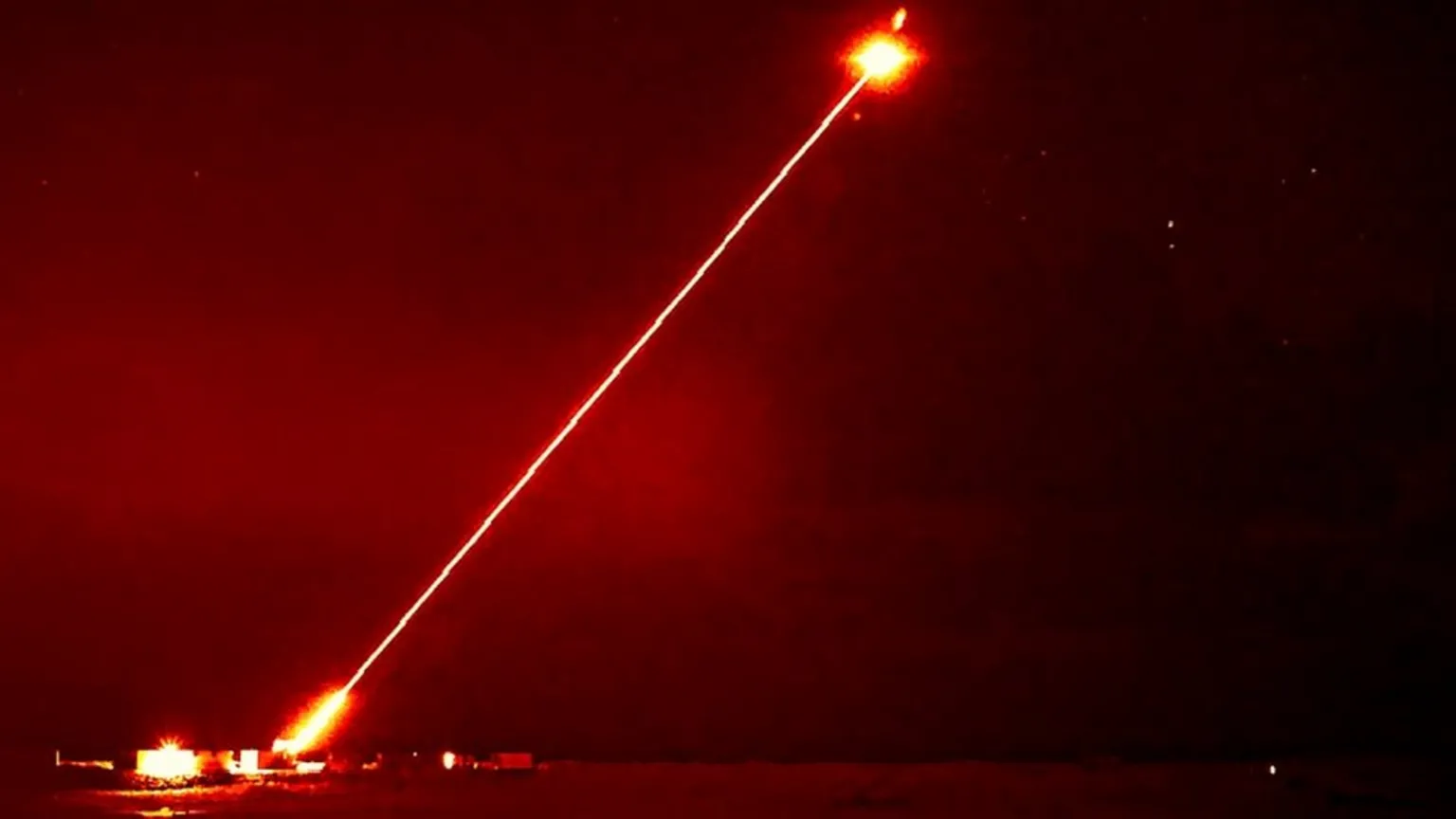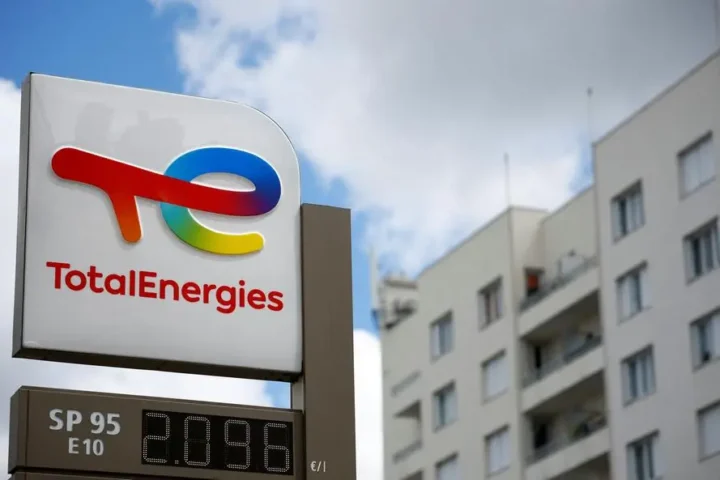The UK is considering deploying a high-energy laser weapon to Ukraine to neutralize Russian drones, according to the defence secretary. Grant Shapps stated that the deployment of the weapon could have significant implications for the ongoing conflict in Europe. The DragonFire weapon, originally slated for deployment by 2027, could potentially be expedited for earlier availability, Mr. Shapps noted.
This decision follows a successful trial of the laser against an aerial target in January, marking the first instance of its application. Originally projected for operational readiness by 2032, the accelerated timeline is a result of government reforms aimed at expediting the procurement process for defence equipment.
Despite this progress, Mr. Shapps expressed a desire to expedite the process even further during a visit to the Porton Down military research centre near Salisbury. “We might not require it to be flawlessly operational in order for Ukrainian forces to utilize it,” he remarked. The Ministry of Defence (MoD) attributes the expedited schedule to the evolving threat landscape confronting the UK.
“It’s designed to forgo the necessity of achieving 99.9% perfection before deployment but rather aim for a 70% readiness level initially,” Mr. Shapps elaborated. “However, 2027 remains the target date at this juncture,” he added.
The weapon boasts precision capable of targeting a £1 coin from a kilometer away, according to the MoD. It is anticipated to offer a cost-effective alternative to traditional missile systems for intercepting drones.
The successful trial in January, conducted at the MoD’s Hebrides Range in Scotland, was hailed as a significant milestone in the integration of laser-directed energy weapons (LDEWs) into military service.
The primary advantage of laser weapons lies in their cost efficiency and potential for unlimited ammunition supply, contingent upon a reliable power source. However, their operational range is limited to line-of-sight targets, unlike conventional missiles.
Although the UK aims to deploy directed-energy weapons by 2027, their combat efficacy remains untested. While the US has conducted trials of such weapons, they have yet to be utilized in actual combat scenarios.
The prospect of deploying UK laser systems to Ukraine to counter Russian drones is optimistic. Ukraine’s immediate requirements necessitate battle-proven mobile air defence systems, given ongoing threats to its electrical infrastructure by Russia.
LDEWs utilize concentrated light beams to incapacitate targets swiftly and can engage visible threats within range. However, the operational range of the DragonFire system remains classified.
Compared to traditional missile systems, which can incur substantial costs, the MoD estimates that operating the DragonFire system for 10 seconds is equivalent to the energy consumption of a household heater running for an hour, with a typical cost of less than £10 per shot.






















